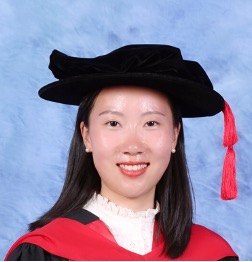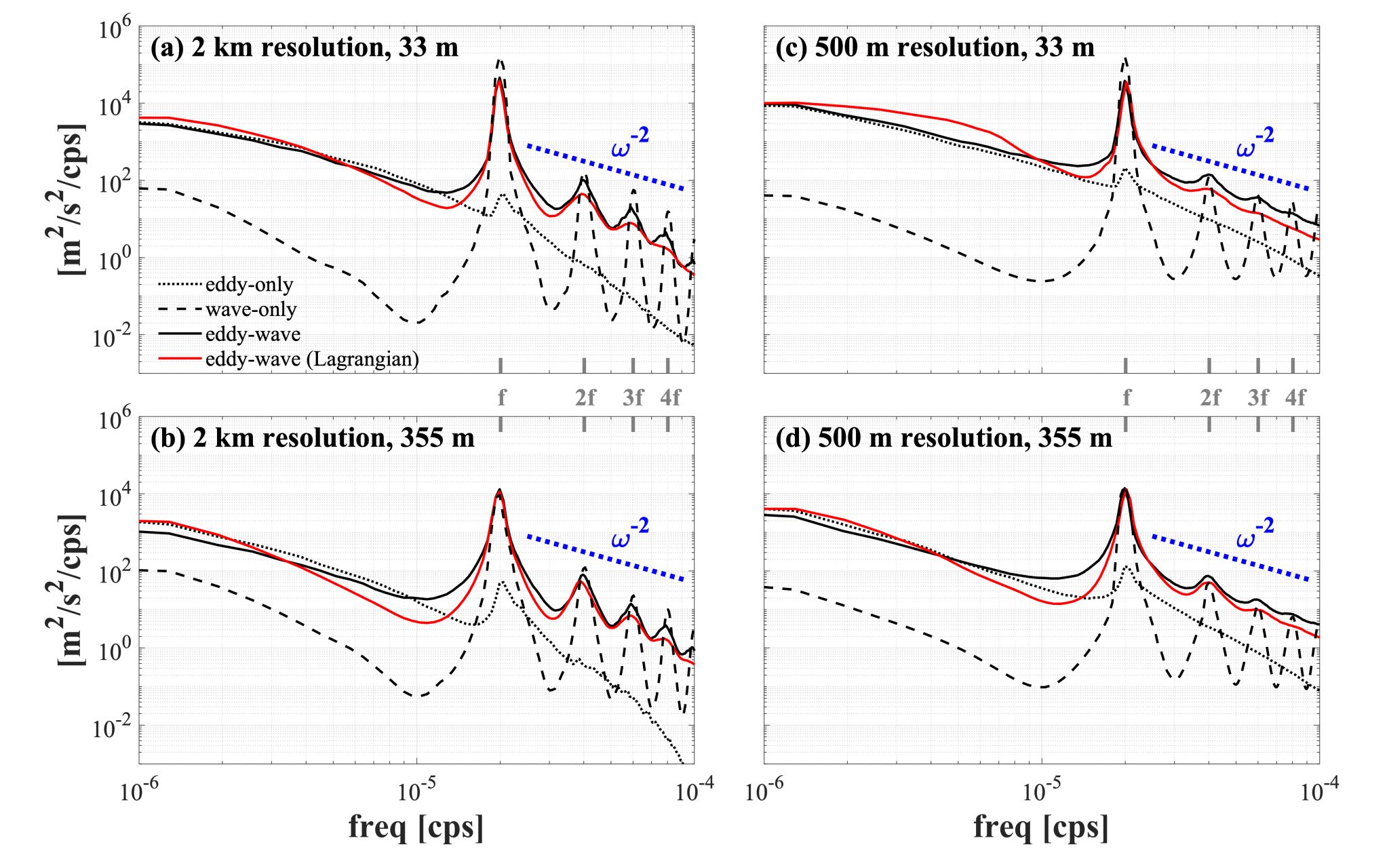
Abstract:
The global oceanic overturning circulation and the transport of heat and dissolved gases are strongly controlled by upper ocean turbulent mixing that is driven by the breaking of internal waves. The oceanic internal wave field is characterized by a continuous energy distribution across spatial and temporal scales called the internal wave continuum, which is modeled modeled empirically by the Garrett-Munk (GM) spectrum. The formation of internal wave continuum and energy transfer to dissipative scales have been assumed to be dominated by wave-wave interaction and the Doppler shift of wave frequency by the background flow. Recent theoretical studies and idealized numerical simulations suggest that eddy-wave interactions can also contribute to the formation of the internal wave continuum spectrum. However, the applicability of this mechanism to realistic oceanic flows is yet unexplored. Using realistic high-resolution numerical simulations, in the context of eddy-NIW interaction, we demonstrate that ocean eddies play a crucial role in the formation of the internal wave continuum and the corresponding spatiotemporal distribution of energy dissipation by diffusing wave energy in both frequency and wavenumber space. Our findings highlight the importance of ocean eddies in governing upper ocean mixing patterns, through their interactions with the internal wave field.

Bio:
Luwei Yang is a physical oceanographer and seeks to understand the interactions of the ocean circulation across a range of scales and their role in the global ocean and climate. She will be joining the School of Earth and Atmospheric Sciences at the Georgia Institute of Technology as a Postdoctoral Fellow in March 2023. She was a Postdoctoral Scholar in the Department of Atmospheric and Oceanic Sciences at the University of California, Los Angeles (UCLA), working with Asst. Prof. Roy Barkan (TAU), Prof. James McWilliams, and Dr Kaushik Srinivasan. Her recent work focuses on understanding the interactions between near inertial waves (NIWs), mesoscale eddies, and sub-mesoscale fronts and filaments in the North Atlantic Subpolar Gyre. She received her BSc in Marine Science from the Ocean University of China in 2015, and her PhD in Physical Oceanography from the University of Tasmania in 2019 under the supervision of Dr. Maxim Nikurashin, Prof. Andrew Hogg (ANU), and Dr. Bernadette Sloyan (CSIRO).